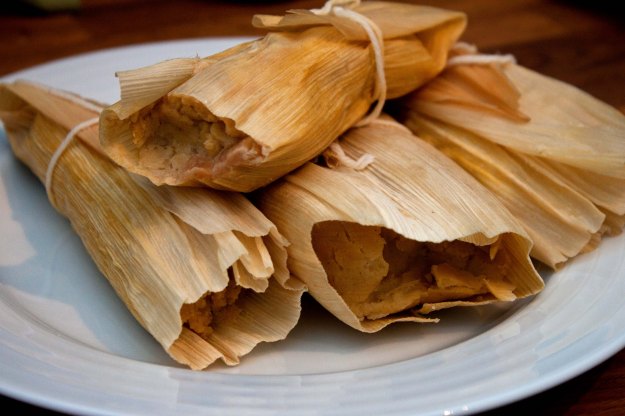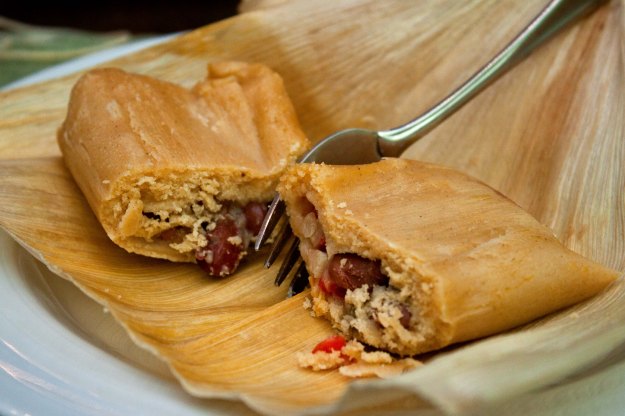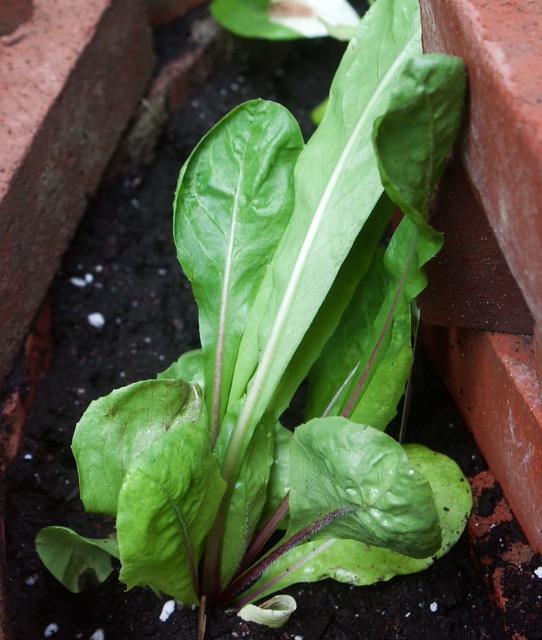
Fall is here. Winter is coming. It’s the time of year I start moving toward heartier, heavier foods, but it’s also the time of year I gaze longingly at the lingering summer produce at the farmers markets. It is the time of year for fried green tomatoes.
Alas, fried green tomatoes were not a part of this meal (it was several weeks ago…probably still summer!). But they’d be the perfect accompaniment. I dare even the most rigid omnivore to not enjoy!
The tofu recipe below is adapted from Veganomicon. The others are from…? Old and adapted beyond recognition.
Chile-Cornmeal Crusted Tofu
Canola oil for frying
1 pound extra firm tofu, pressed to remove as much liquid as possible
1 cup buttermilk (obv. use a vegan milk if you want to keep it vegan, but add some vinegar (i think, haven’t checked) to make it more buttermilk-y).
2 tablespoons cornstarch
1 cup cornmeal
2 tablespoons chile powder
1 teaspoon freshly ground cumin
1/4 teaspoon cayenne
1 tablespoon lime zest
1.5 teaspoons salt
Slice the tofu into eight slices and then slice each of those diagonally so you have 16 tofu triangles.
Sift cornstarch* into milk and stir until combined.
In another bowl, sift together the remaining dry ingredients — cornmeal, spices, lime zest and salt.
In a cast iron skillet, heat oil, about a 1/4 inch or enough to mostly cover tofu slices.
Designate one hand your “wet” hand and the other “dry.” Do not violate these designations.
With your wet hand, dip the tofu into the milk-cornstarch mixture. With your other hand, drop into the cornmeal and coat on all sides. Remove and place in the skillet, frying on each side for 3 minutes or so, until browned. Don’t crowd the tofu if it can’t all fit in the skillet.
When finished, place on paper towels.
*As a warning, do not let two ingredients prefixed by the word “corn” confuse you, as it did for my friend and me, who, unfortunately yet hilariously, mixed them up, multiple times, in a row.
Classic braised greens
Traditionally cooked for hours in a pot with a ham hock and/or other non-vegetarian ingredients, they can be just as delicious without the meat.
You can use any combination of greens you would like. I had some mustard greens, kale, and collards all together in one pot this time. Remove the stems, shred into small-ish pieces, and simmer in a pot of just enough water to cover (add more periodically as necessary) for about an hour. For flavor, I add some crushed red pepper, dried mushrooms, salt and pepper, butter, sliced onions, maybe a smoky dried chipotle pepper.
Fried Okra
Okay, to be honest, I had never tried okra before, and I was planning on trying to roast them as was recommended on a few blogs and websites. But Mr. R wanted to fry them. Which wasn’t a bad idea. I don’t know what recipe he used, but it was just a basic one, like this.
Macaroni and cheese
This is a simple recipe that cuts out unnecessary steps with results that are just as creamy and delicious.
Half pound macaroni (or other small pasta)
4 tablespoons butter
12 ounces cheese (cheddar, smoked gouda, parmesan, gruyere, be creative!)
12 ounces evaporated milk
Salt & pepper
Optional: garlic, onion, other seasonings.
Cook the pasta according to package instructions and strain, return to pot. While still hot, coat with butter, then add the milk and cheese. Stir until melted and gooey.
A delicious shoulder season combination of hearty yet fresh fare!
-R

























